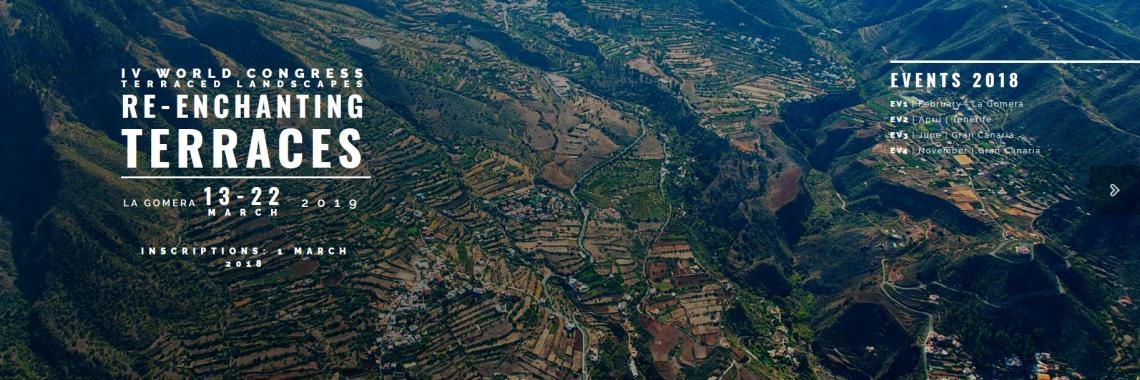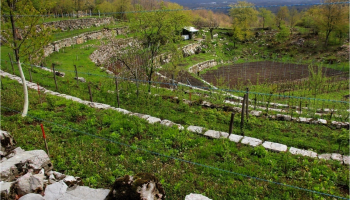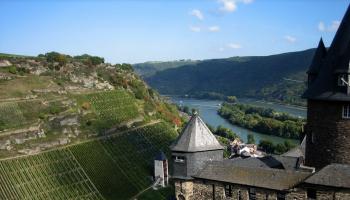Terrassenlandschaften
(1) Für diese Form der Landnutzung wird auf Terrassen gewirtschaftet, um die Sonneneinstrahlung zu maximieren. Terrassen sind typisch für das gesamte Mittelmeer. Typische Pflanzen: Weintrauben, Oliven- und Obstbäume (2) Anbauterrassen sind meist schwer zu datieren. Aus der Bronzezeit sind nur sehr wenige bekannt, im klassischen Griechenland gibt es mehr archäologische Beweise. Wie sie verbreitet wurden, ist immer noch nicht klar.
Quelle: (1) Definition der Eucaland-Projektgruppe (2) Grove und Rackham 2001
Landwirtschaftliche genutzte Terrassenlandschaften umfassen sowohl Grünland als auch Felder, inkl. künstlicher Terrassenlandschaften z.B. für die Wein- und Obstproduktion.
Nicht gemeint sind künstliche Terrassen aus dem Bergbau, Mülldeponien, Wässerwiesen in hügeligen Gebieten, die ebenfalls terrassiert sind, Wölbäcker / Bifang, Infrastrukturterrassen (z. B. Straßen, Deiche, Hausbau), Mikroterrassen durch Transhumanz und / oder Wildtiere.
Quelle: Definition entwickelt durch das Eucaland-Projekt für Projektzwecke
Database entries forTerrassenlandschaften
Research: Goran Andlar, Filip Šrajer et al.; upload: Bénédicte Gaillard. The entries are still in process
Research: Alexandra Kruse & Bénédicte Gaillard; Upload: Bénédicte Gaillard. The entries are still in process
Artificial terraced landscape date back early and historical findings prove wine cultivation at the rivers through Romans. They already used prepared terraces for the cultivation.
The majority of terraces is used for fruit, olive and wine production in the southern parts of… [Read more]
Research & Upload: Alexandra Kruse. The entries are still in process
The used name in Germany is Terrassen and for the landscape Terrassenlandschaft, according to their function also Ackerterrassen and especially important Weinterrassen for wine growing. Old names are Stufenrain, Kulturwechselstufen (see fig. 2). An additional historic type is the so called “Wölbäcker”(see fig. 3). There is a huge agrarmorphological ensemble of relief… [Read more]
Research: Hans Renes; Upload: Bénédicte Gaillard. The entries are still in process
Research: NIBIO, Sebastian Eiter, Oskar Puschmann et al; upload: Bénédicte Gaillard. The entries are still in process, the e-atlas is still under development
Terraces have been a very common feature in parts of the Norwegian agricultural landscape for centuries. The general Norwegian term for terrace is … [Read more]
Research: Martina Slámová, Jana Špulerová, Marta Dobrovodská, Dagmar Štefunková; upload: Bénédicte Gaillard.
Terraces for agricultural land use were established primarily during the Walachian colonisation wave between the 14th and 16th centuries in Slovakia (Stankoviansky, 2003… [Read more]
Research: Drago Kladnik et al. Anton Melik Geographical Institute ZRC SAZU & Slovenian Academy of Sciences and Arts; upload: Bénédicte Gaillard. The entries are still in process
Research: Padoc Research Group Universidad Politécnica de Madrid; upload: Bénédicte Gaillard. The entries are still in process
Research: Della Hooke; upload: Bénédicte Gaillard. The entries are still in process.
Deliberately created cultivation terraces have never been a feature in England (or the UK) but lynchets… [Read more]

















